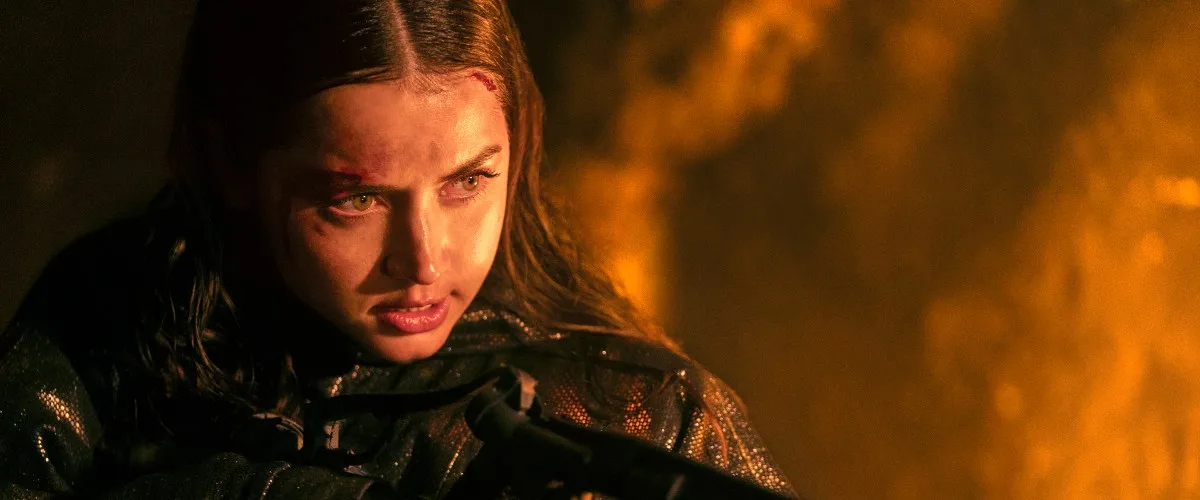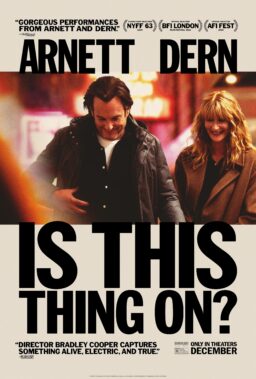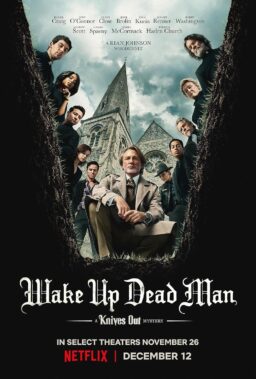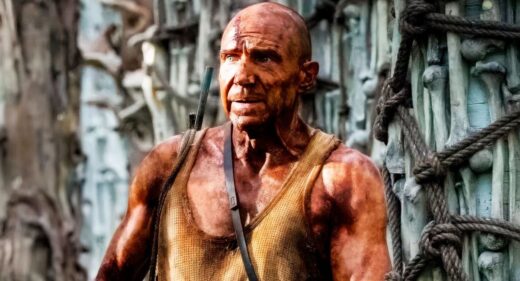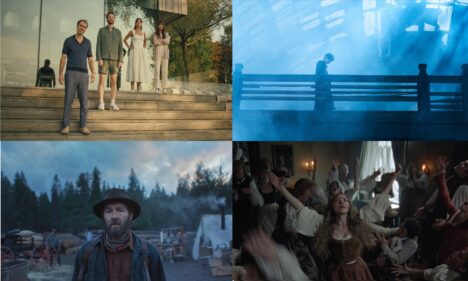“Ballerina” is a halfway decent action movie that will suffer because it lives in the massive shadow of John Wick, one of the best modern franchises. It struggles to escape the spectacular, no-misses Keanu Reeves quadrilogy, especially when its weaknesses are matched up specifically with the strength of Chad Stahelski’s films. Yet, this young assassin has also learned a thing or two from her mentor. Much like “Mission: Impossible – The Final Reckoning,” the first half of “Ballerina” requires more patience than the second, when action does the talking and even the editing/choreography tightens up. The last third of “Ballerina” is basically one extended, truly goofy action sequence, and it’s the kind of unpretentious fun that one wants from a movie subtitled “From the World of John Wick.”
Allegedly set between “John Wick: Chapter 3 – Parabellum” and “John Wick: Chapter 4”—although, man, the timeline is weird given Wick’s appearances in this film and how 3 & 4 roll right into each other, but whatever—“Ballerina” features a character seen briefly in the first act of “Parabellum,” a dancer-assassin named Eve Macarro (Ana de Armas). After her father was murdered by a team of assassins led by the mysterious Chancellor (Gabriel Byrne), she was taken in by Winston Scott (Ian McShane) and delivered to the mysterious Director (Anjelica Huston), the head of the Ruska Roma, a tribe of assassins/bodyguards who can also do a plié.
The early action scenes in director Len Wiseman’s vision will be dispiriting for fans of a franchise that has redefined clean, tightly edited, long-shot action, avoiding the filmmaking traps that “Ballerina” falls into early on. Editing on the hits and swaying the camera to increase a sense of chaos are just two tricks designed to hide mediocre fight choreography and stunt work, and “Ballerina” uses those in ways the other four “Wick” films never did. To be fair, cinematographer Romain Lacourbas keeps his camera at a distance so we don’t lose track of the geography. But Jason Ballantine’s editing and that swinging camera stand out in the first few sequences, especially if you’ve seen a “Wick” film recently.
After a brief set-up in which Eve proves her worth in the field, “Ballerina” finally kicks in for real with a vengeance quest for the murder of her father. When she spots an assassin with the same mark as one of the men who killed her dad, she gets the kind of simple objective around which these films are built. It’s another tale of revenge: John Wick was going to make people pay for his dog; Eve Macarro is going to set the world on fire for her dad. She crosses paths with a severely underutilized Norman Reedus at a Prague Continental, who points her back to the Chancellor. As she burns his entire empire to the ground (often literally), the Director calls in Wick himself to shut her down.
Once Byrne’s Chancellor re-enters “Ballerina,” the loose elements of the plotting and even the action choreography tighten up significantly. There’s a sequence in a snow-covered restaurant that’s spectacularly entertaining, filled with the type of unexpected fight choreography and stunt work that people love from the Wick films. It follows not long after the film’s funniest beat, in which a TV cycles through some comedic influences on these films, including Buster Keaton and The Three Stooges. One can feel the energy of the film shift to such a degree that I wondered if Stahelski was on set that day, or at least in the editing bay. It’s tight, funny, and clever.
And “Ballerina” largely keeps that momentum for the last third of the film. The Wick return that’s been spoiled in the previews is a bit of a misstep—it feels more like fan service than anything the movie needs at that point—but Reeves has a bigger part in this film’s endgame than you might expect, and he still rules. As for performance, de Armas is capable without being overly memorable. One of the things that’s so great about how Reeves approaches the role is that you can see Wick struggle in combat (Reeves is 60 after all), which adds just enough flavor of realism to ground the Gun Fu flights of fancy. De Armas sometimes seems almost too fluid in the fight scenes, but she handles the dramatic beats well without trying to oversell them. On that note, the dialogue in Shay Hatten’s script is more eye-rolling than the rest of the franchise, often leaning into clichés when there isn’t time between action sequences to develop character. The Wick films use action (and a bit of mythology) to define their characters—we don’t need cheesy lines like “When you deal in blood, there must be rules.” Uh-huh. Sure. Whatever you say.
The dumbed-down nature of the dialogue extends to some aspects of the action, too. Dozens of masked, armed men in this movie just run through doors like they have targets on their faces. In one scene, they attack Eve in an armory! It’s maybe not the best tactical advantage to try to take out an assassin in a room full of grenades.
Of course, none of this matters when “Ballerina” is clicking, which it eventually does. Without spoiling, the final act of the film features Eve being hunted by an entire European village of people who want her dead. It’s fun, chaotic stunt work staged by silent comedy fans. Maybe this shouldn’t be seen as something outside of the shadow of John Wick, but a bridge from one film in that franchise to the next. In that sense, it’s sturdy enough to get us there.

